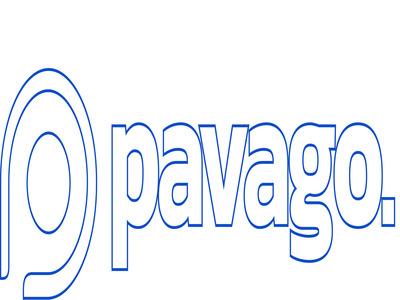In today's fast-paced digital landscape, businesses must rapidly develop, test, and refine software solutions to stay competitive. Nearshore agile development has emerged as a powerful approach to meet these demands by combining the flexibility of agile methodologies with the strategic benefits of nearshoring. As outlined in the Pavago blog, this model allows companies to work with development teams located in neighboring countries, enabling closer time zone alignment, cultural compatibility, and seamless communication.
One of the key advantages of nearshore agile development is its support for continuous delivery and iterative feedback. Teams can collaborate in real-time, hold daily standups, and quickly adapt to changing requirements—core principles of agile. This approach significantly reduces delays, enhances product quality, and improves alignment with business goals. Furthermore, the geographic proximity of nearshore teams fosters more cohesive and responsive partnerships than traditional offshore models.
Pavago emphasizes that nearshore agile development is especially beneficial for companies looking to scale their software initiatives without compromising on control or transparency. The model offers cost-effective access to top-tier talent, while maintaining high levels of engagement and accountability.
For businesses pursuing digital transformation, nearshore agile development offers a balanced solution that blends speed, quality, and efficiency. By leveraging nearshore partners who are well-versed in agile frameworks, organizations can drive innovation faster and bring products to market with greater precision and confidence. It's not just about saving money—it’s about creating smarter, more collaborative development ecosystems.


